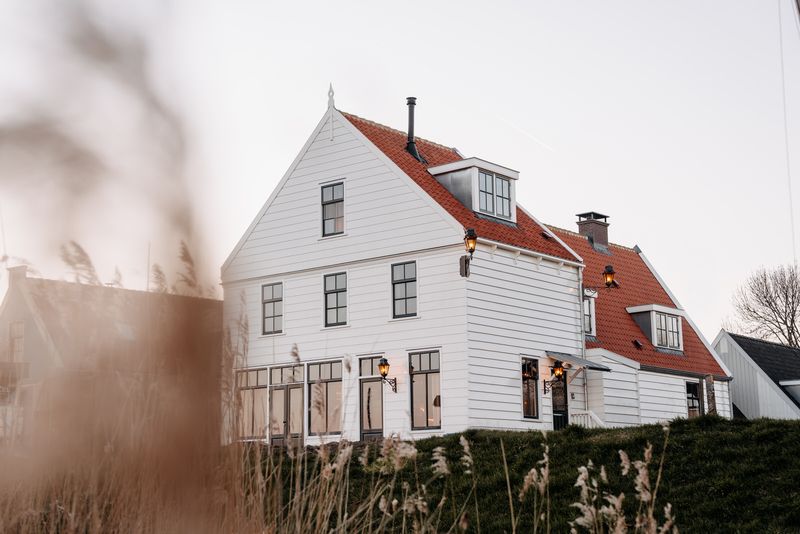.jpg)
The story of Amstel 111
Under Construction
Amstel 111
There's a special place in the heart of Amsterdam where the local liveliness is sparked by the nearby cultural jewels of the Royal Theatre Carré, the Dutch National Opera & Ballet and the Kleine Komedie theatre. It is there that you will also find Amstel 111: a hotel in the highest segment which we will operate ourselves. The building's cultural historic qualities and its context within the neighbourhood provide the inspiration for the ambitious architectonic and interior designs. As a result, Amstel 111 establishes a very organic presence in the neighbourhood. It becomes a hotel where guests, residents and employees all feel comfortable and a place where sustainability is seen as a mission.
- Opening Year
- 2027
- Aedes' Role
- Investor, Developer & Operator
- Status
- In Development
- Functie
- Hotel

Story Under Construction
This is a technically ambitious and highly intricate construction project. At this stage, we are in the basement construction phase, a rare and complex undertaking in central Amsterdam. The historic buildings are being carefully supported on temporary piles while excavation continues over nine metres below street level. Deep sheet piling holds back the surrounding canals as two new floors are created beneath the existing structure.
These underground levels will house wellness and social areas for guests, as well as thoughtfully designed spaces for hotel operations and staff. The presence of water on three sides not only shapes the construction process, but also defines the guest experience.
Throughout this process, we will be sharing milestone updates, technical stories, and insights into the craft and care behind the build. This page will continue to evolve alongside the project.
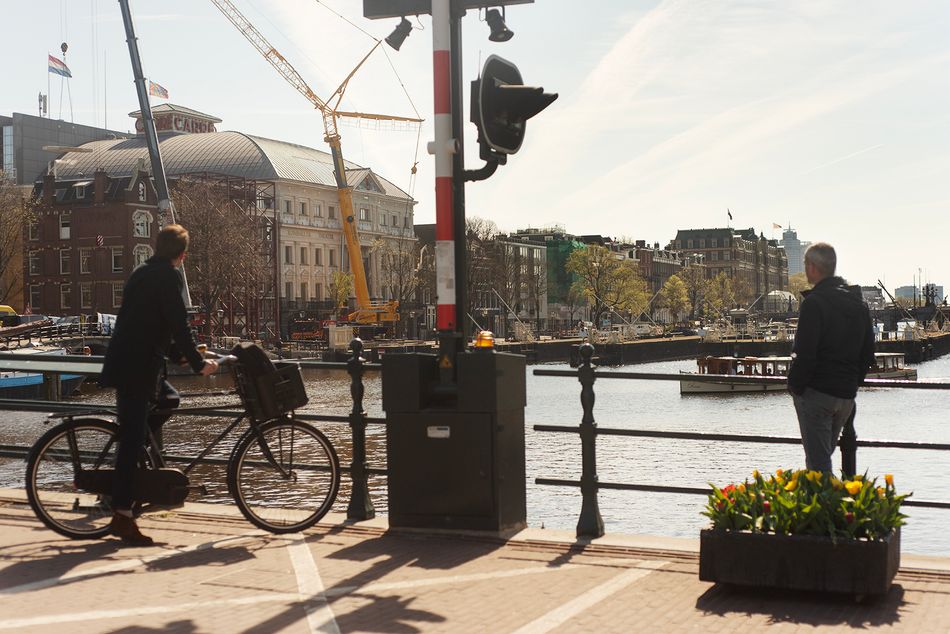

What Can You Expect?
Amstel 111 is shaped by a philosophy of relaxed hospitality and unfussy luxury. It will be a place where international guests, local residents, and hotel staff feel equally at home. The 98 rooms are designed as tranquil retreats, offering respite from the lively energy of the city and the social spaces within the hotel.
The ground floor will host a vibrant restaurant and bar that reflect the cosmopolitan spirit of the city, while the basement will reveal more unexpected elements, from a bathhouse to a cinema hidden behind a speakeasy door. There will also be a grocery store on the corner, serving both hotel guests and neighbours with seasonal goods sourced from our kitchen and trusted suppliers.
This is our second hotel under Aedes management, following the same core principles as the first: deep respect for heritage, a design-led approach, and an operational culture built around people.

A Collaborative Design Vision
The design of Amstel 111 brings together the work of leading studios from around the world. The overall interior vision is led by Studioilse, founded by Ilse Crawford, known for creating spaces that feel grounded, generous, and human. The entrance, lobby, bathhouse, and community-facing areas on Nieuwe Prinsengracht reflect this sensibility, with a focus on transparency and comfort.
Architect Frida Escobedo, known for her poetic use of materials and references to light and theatre, has designed the new building that merges into the old building.
New York-based design studio Roman & Williams is responsible for the design of the hotel’s rooms and social spaces. Their work balances boldness and warmth, and brings an international spirit to the guest experience.
Completing the collective vision, Amsterdam-based Nicemakers, has crafted the interiors of the restaurant.
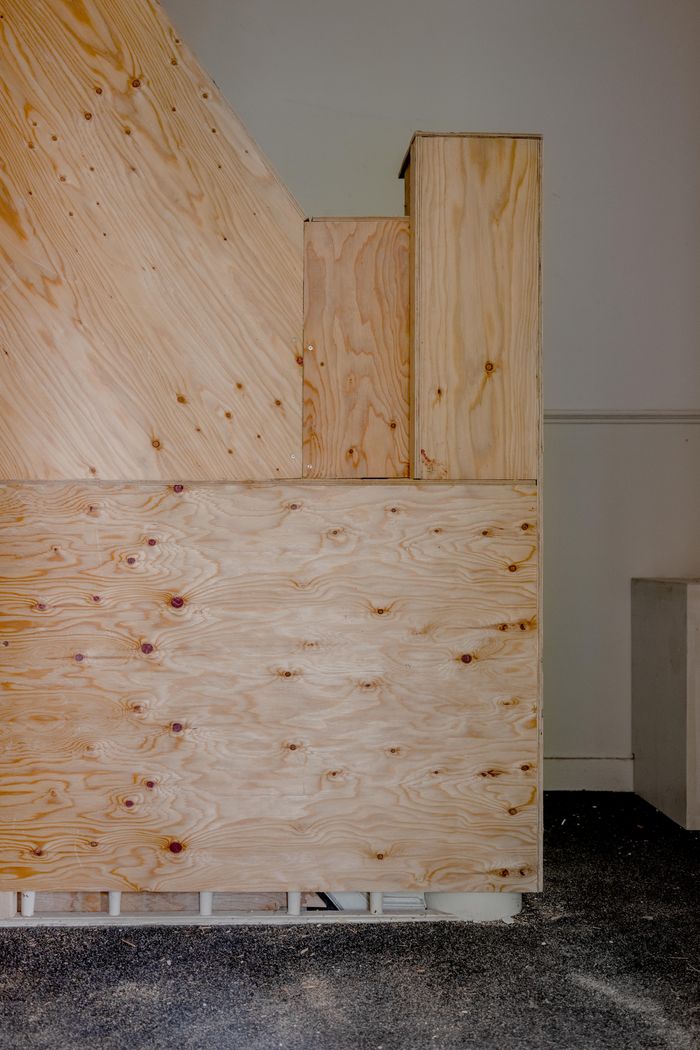
A Commitment to Sustainability
From its earliest concept, Amstel 111 has been shaped by a commitment to sustainability that goes far beyond compliance. The project meets GPR certification requirements, supported by the City of Amsterdam, and draws inspiration from international standards such as BREEAM Outstanding and Green Globe.
This means focusing on material reuse, drastically reducing waste, and regenerating natural systems wherever possible. An example of this thinking is the blue-green roof, developed in partnership with the Amsterdam Institute for Advanced Metropolitan Solutions. Designed as a living lab, the rooftop brings together ecological research and guest experience in a way that also serves the wider community.
Sustainability is also embedded in how the hotel will operate. From energy systems to supply chains, and from staff areas to guest wellbeing, the aim is to create a hotel that is healthy, resilient, and future-ready.
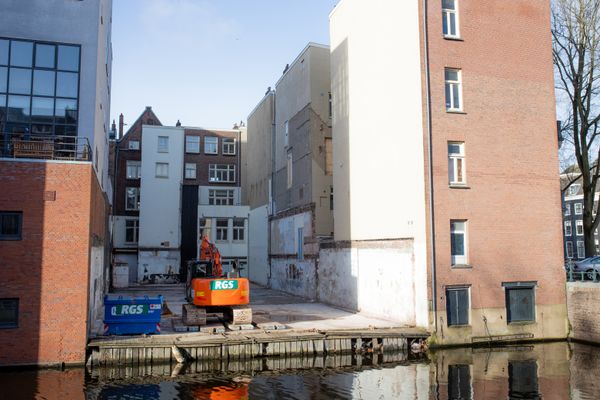 Spring 2020
Spring 2020Land lease transfer
- Spring 2020
Demolition of the inner building
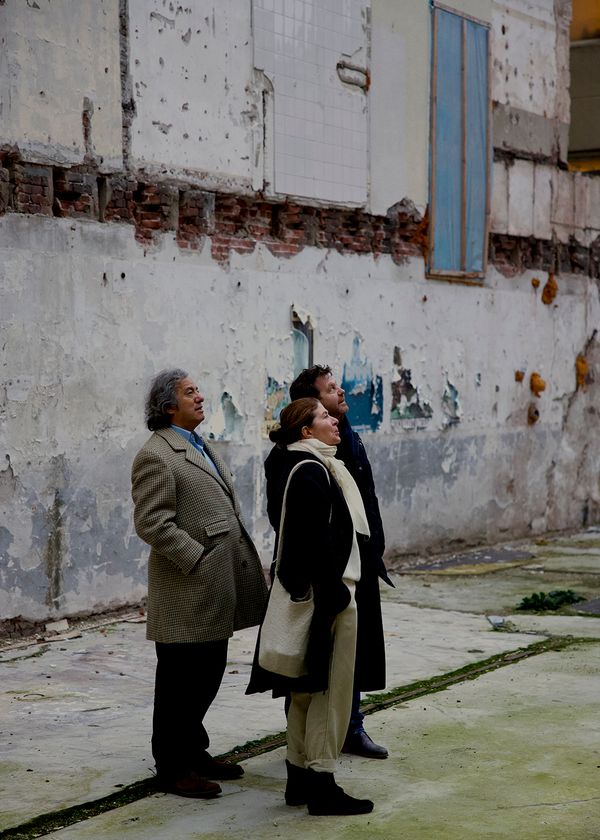 Spring 2021
Spring 2021Start of Interior Design with Frida Escobedo, Studioilse and Roman and Williams
 Summer 2021
Summer 2021Project plans shared with neighbours
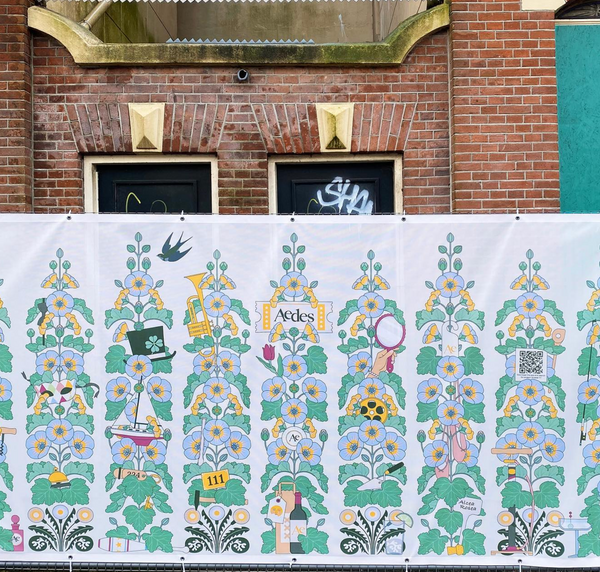 Spring 2024
Spring 2024The start of construction with a fence design by Nynke Tynagel
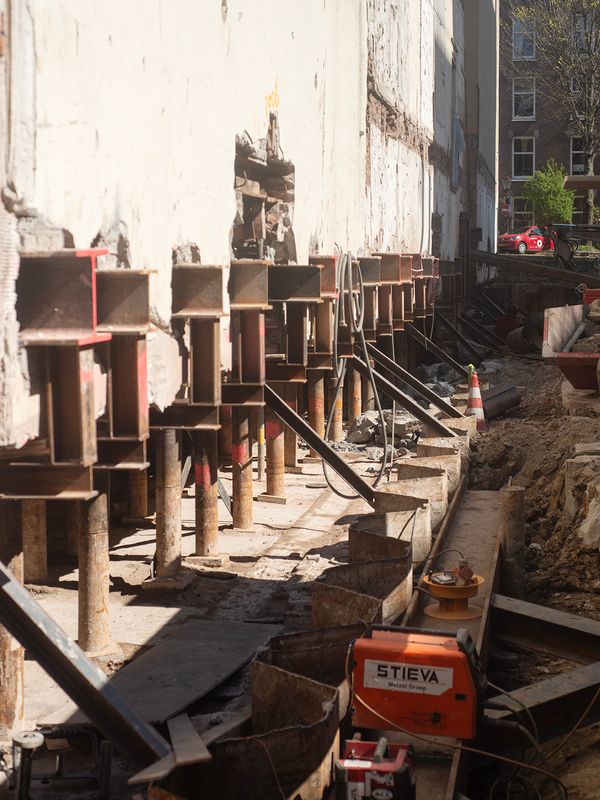 Winter 2024
Winter 2024Placement of the sheet piling to build basement surrounded by water on 3 sides.
 Spring 2025
Spring 2025Crane installation and the beginning of excavation works for the basement.
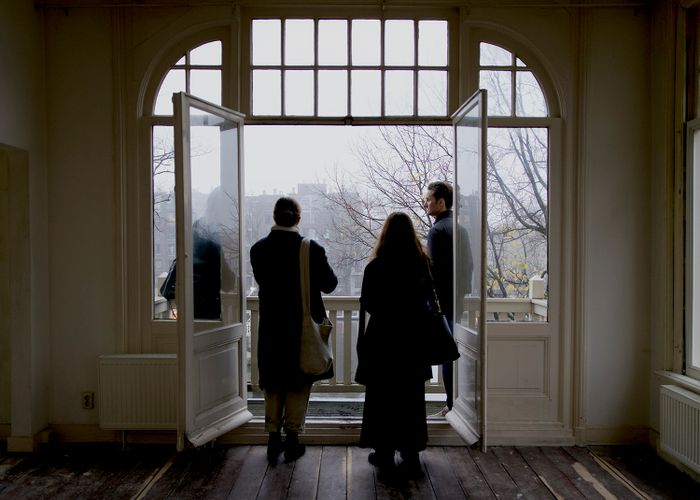
For Locals, Visitors and Future Partners
Amstel 111 is a project in motion and one that we hope contributes to the surrounding neighbourhood both during and after construction.
If you’re a neighbour, we invite you to check back here regularly for updates. If you're a passer-by, welcome. And if you're a potential partner or collaborator who sees potential in what’s emerging here, we’d love to hear from you.
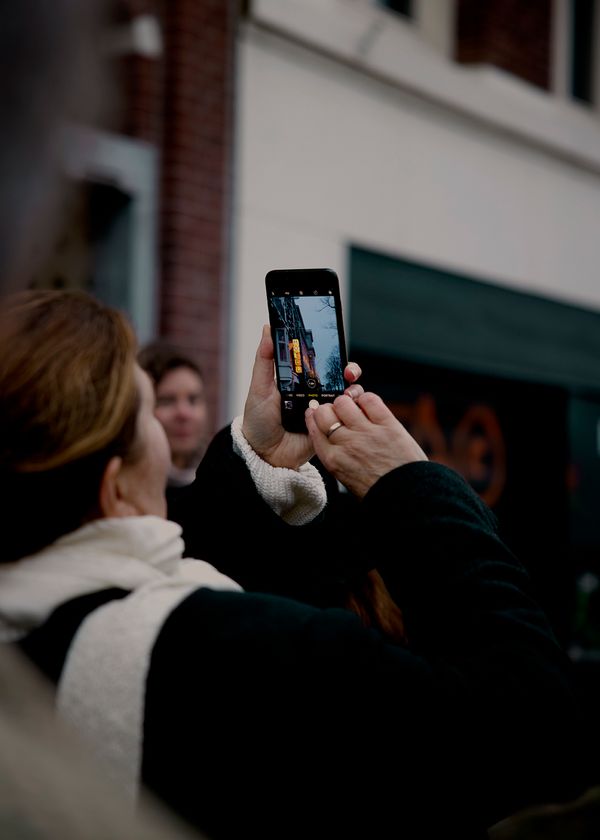
.jpg)
Our other places to stay
At Aedes Places to Stay, our employees and guests are at the heart of everything we do. They are our muse, our mission and our motivation. In order to best serve them, we are forever perfecting the art of hospitality. We aim to strike a constant balance between old and new, fun and formal, reassuring and unexpected.








